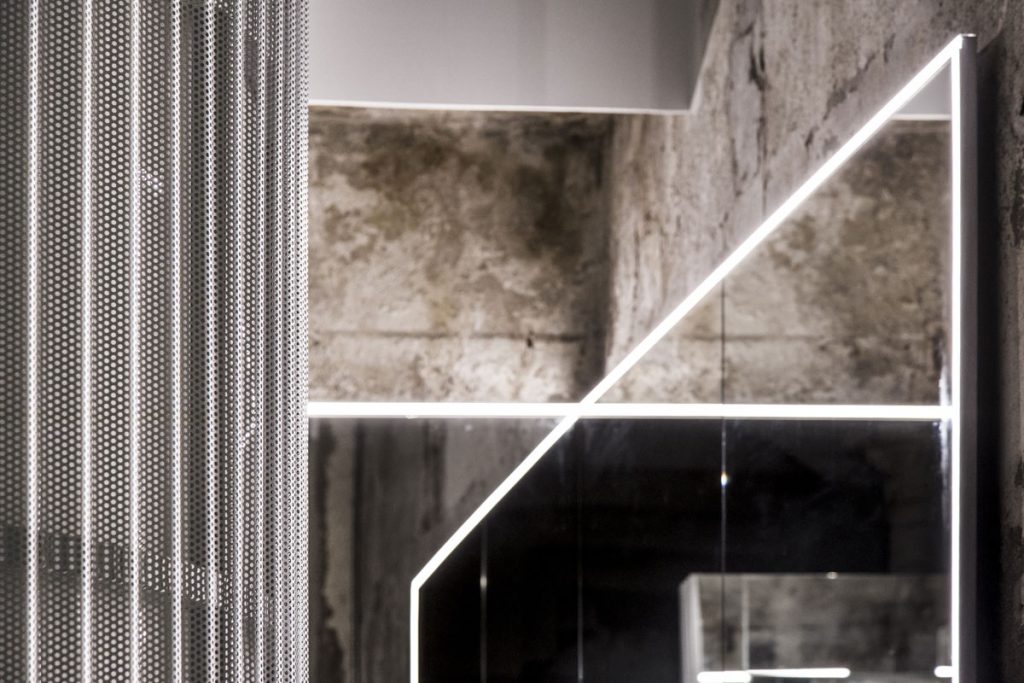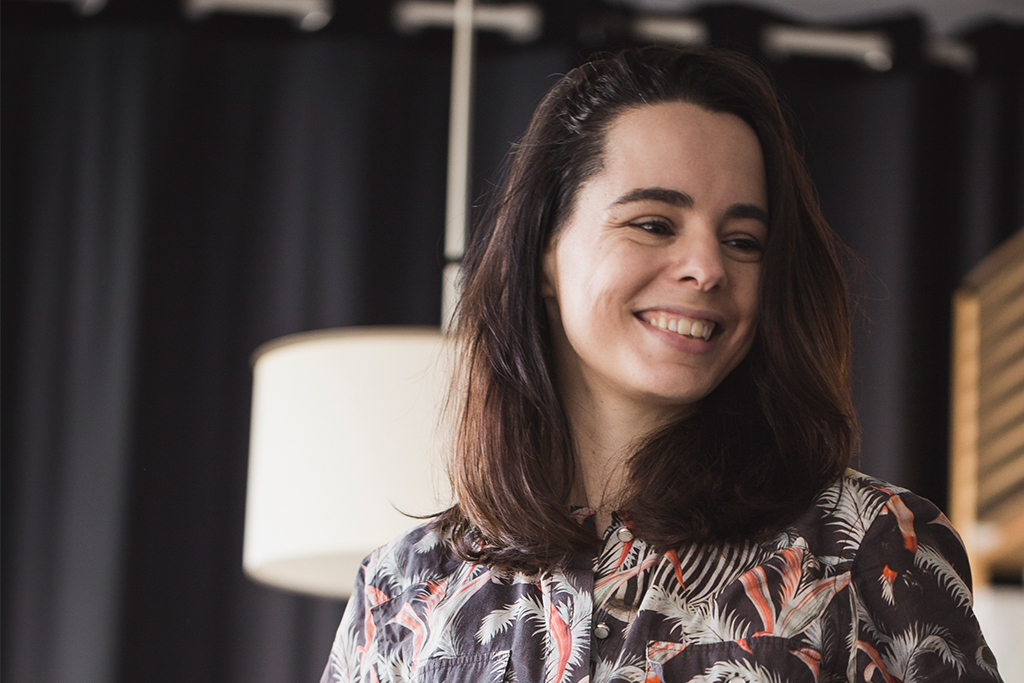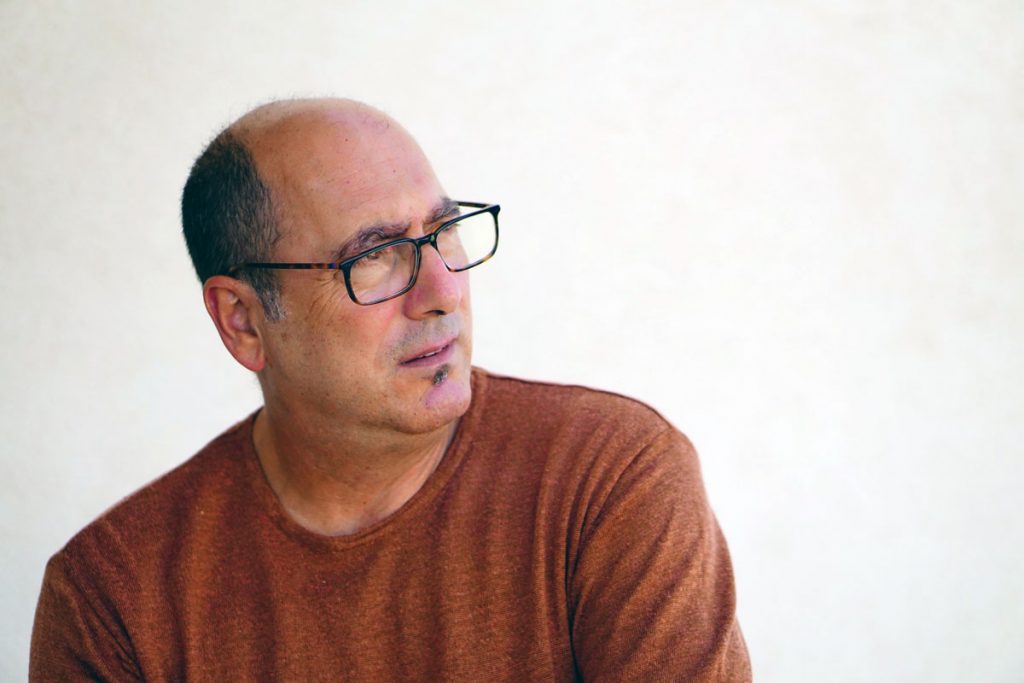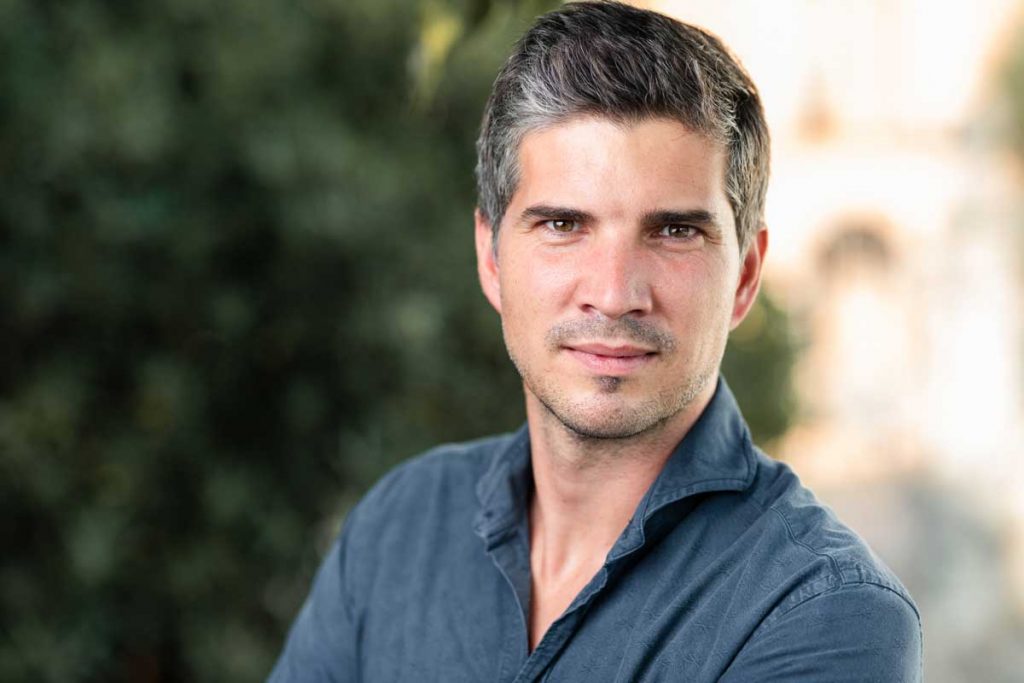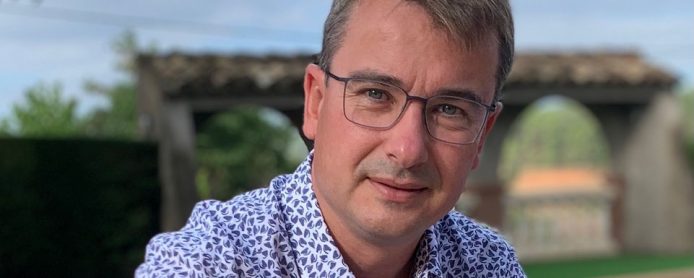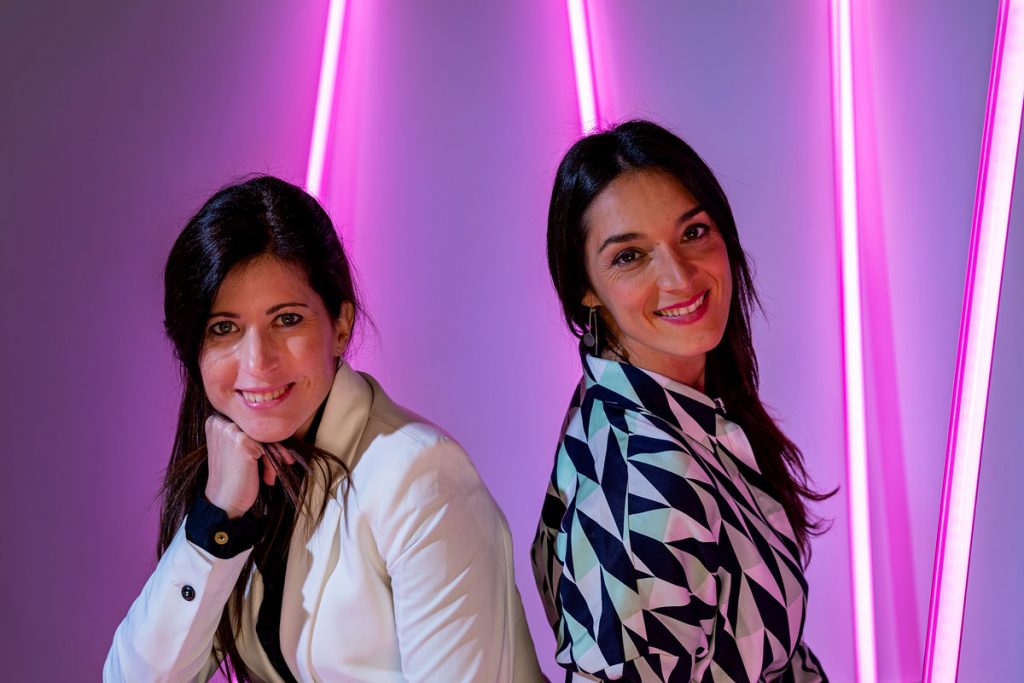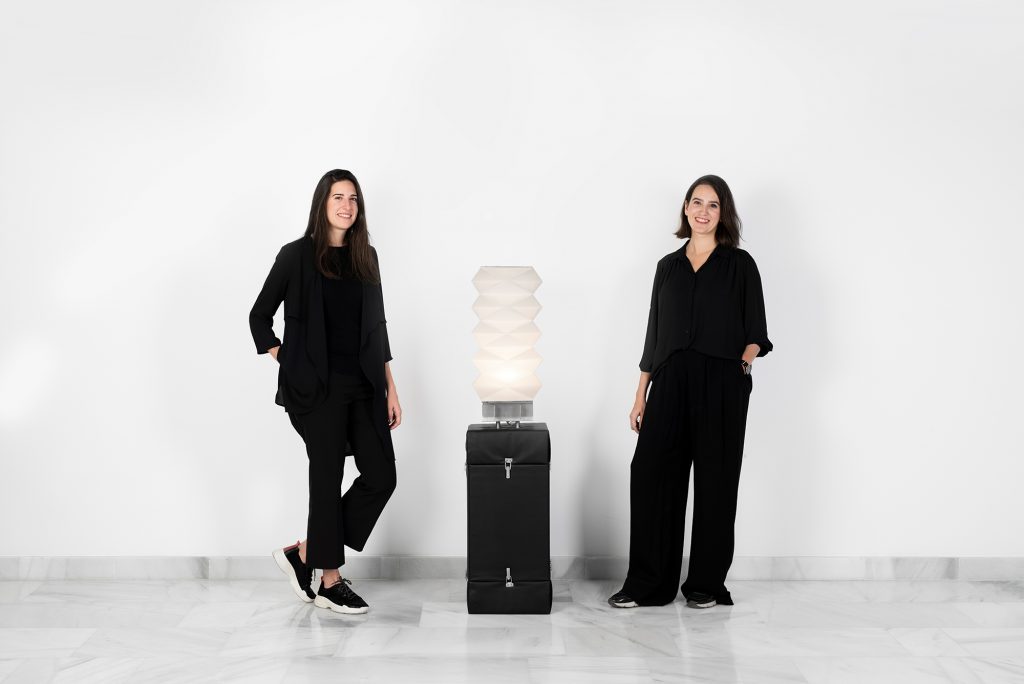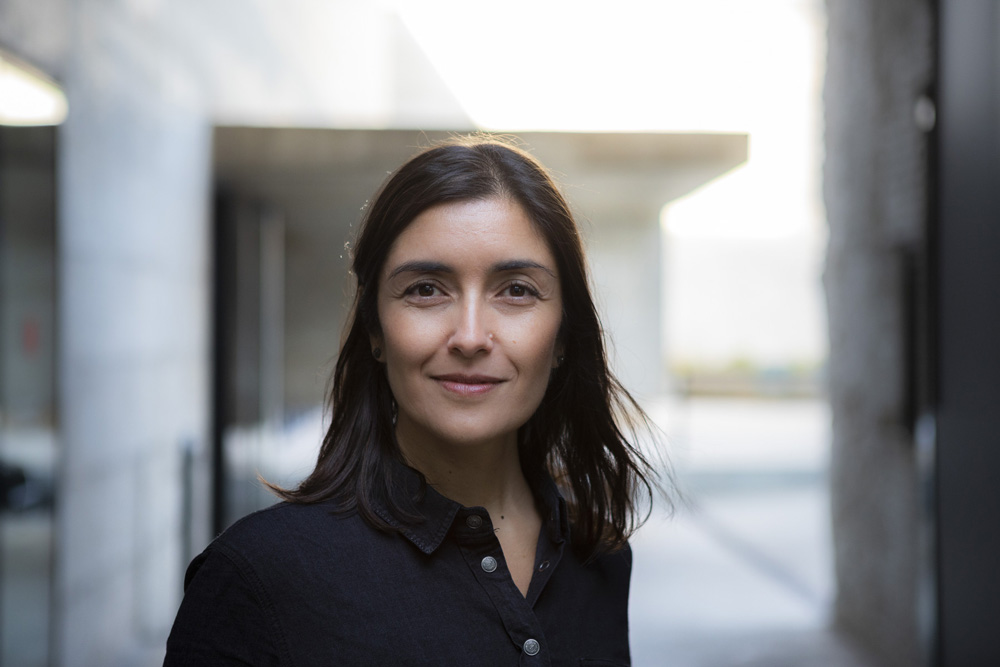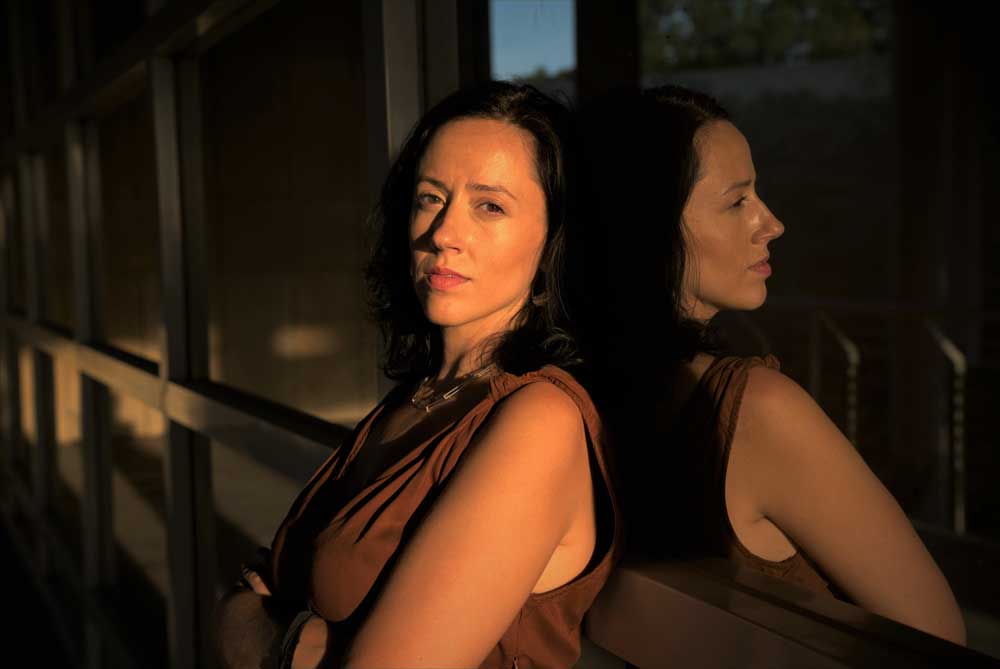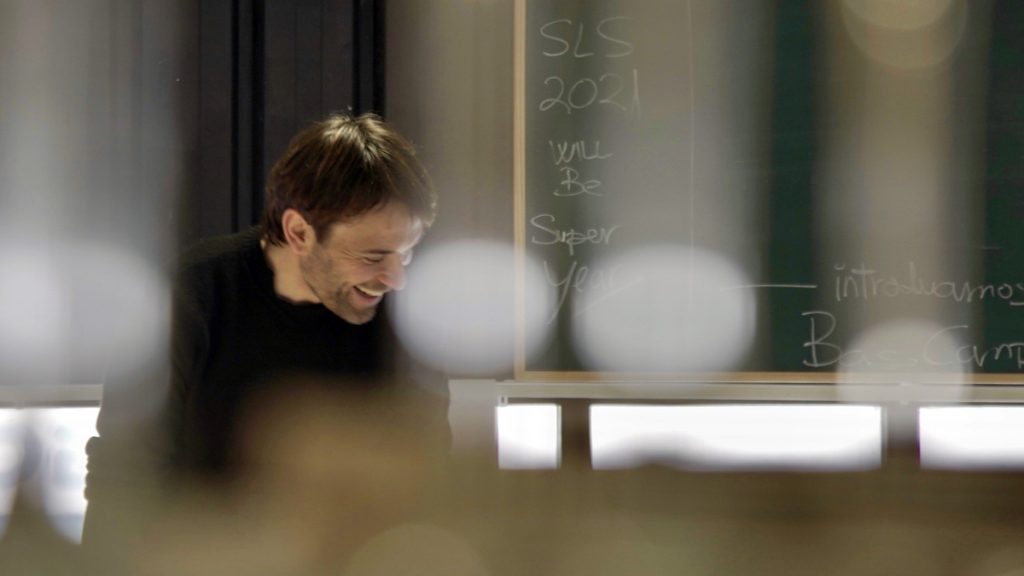
Saying Jordi Saladié is passionate about light may sound like a cliché, but in his case it is not. The continuous search for beauty, the desire to achieve technical perfection and the intentional creativity in all his interventions has made him a benchmark in home lighting design. His fascination for nocturnal spaces has led him to research extremely dim light scenes that he has named Low Light Atmosphere.
Your father ran a lighting store. Was it inevitable that you would follow in his footsteps and that your future would centre on the world of light?
Deciding between music or light wasn’t a straightforward choice. I liked music too much not to throw myself into it, but I had to admit that my musical talent wasn’t up to my expectations. On the other hand, the light has been with me since childhood, it has always been part of me. It took me a few years to recognize that “visualizing” the perfect light in a space was part of my mental scheme. Fortunately, my father, with his infinite patience, followed me and helped me develop and modernise the family business. Therefore, it was not inevitable, but it was logical that my profession would focus on the world of light; my family was part of the history of the lighting sector in Spain.
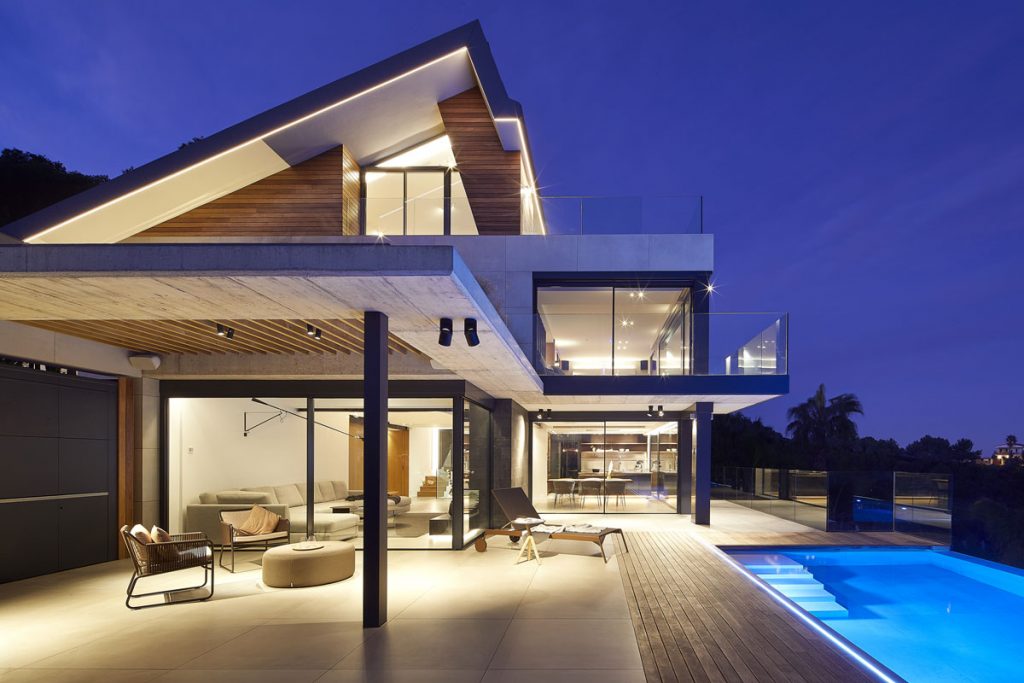
How would you define your personal relationship with light?
I have always been passionate about seeing how lighting changes everything and, consequently, its power to affect human reactions and behaviour. I consider myself a vital person, with a certain admiration for the night and dimly lit spaces that generate mystery, curiosity or intrigue. This is where my research began. I like to compare music with light. Listening to a classical symphony with full awareness can become a journey through meadows, forests, castles or moments in history. By seeing the light from the same point of view, we generate a series of ideas, dreams or even illusions that motivate us to create plans, or more moments of beauty, for us and the people around us. Don’t you think the science of light starts to get interesting at this point?
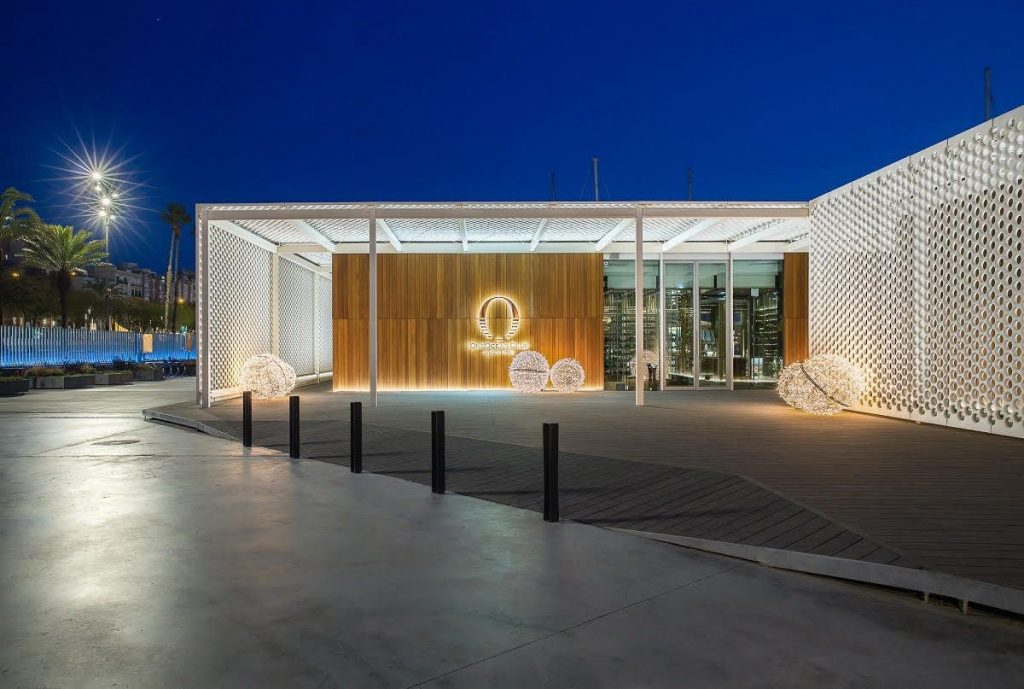
You maintain a close personal relationship with great figures in the sector. Is nourishing yourself with their ideas, debating with them, the best way to learn?
It is a subject that falls by decanting. Let me explain. I am a considered a persona non grata among lighting designers, because I am also a reseller of products. And this luck, or this misfortune, means that the light artifacts that pass through my hands are the ones that we finally switch on in our future designs. Which means that we enjoy them from the beginning to the end. But we also suffer if they have design problems or are not technically well made, which that happens more often than we might think. At this point, it is my professional responsibility to properly inform the brands so that this doesn’t happen again. Thanks to this, I have managed to personally meet leading figures in the sector, establishing a certain friendship, which has allowed me to learn a lot from these masters of light. Another way of taking a postgraduate degree in architectural lighting.
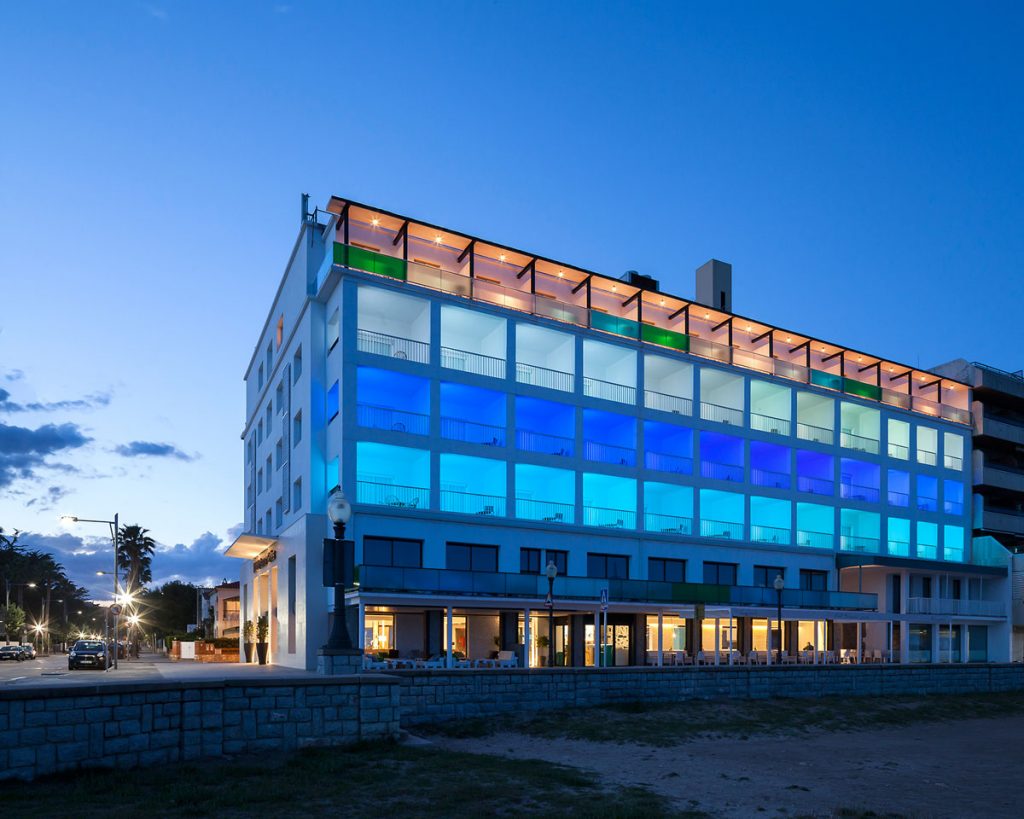
The works of Saladie Light Studio are focused on the residential field. Is that an extremely creative area for designing lighting projects?
Well, I must say it is. Our studio is in a remarkably interesting moment, since many of our clients give us free rein to create. They trust our way of thinking about light, for which I am enormously grateful. And taking into account that some projects have quite large budgets, very often we work with private art collections, which is tremendously rewarding. Our aim in the interior spaces is to generate beauty; so, for example, we try to make a parking lot as cool as possible, we give colour to spas or water areas and work below 4 lux, changing day vision to night vision so that users literally enter another dimension. Another example would be private cinemas or music rooms, which are always spaces with infinite creative possibilities. We also pay special attention to the façades and exterior spaces, working with botanicals and treating the trees as living sculptures.
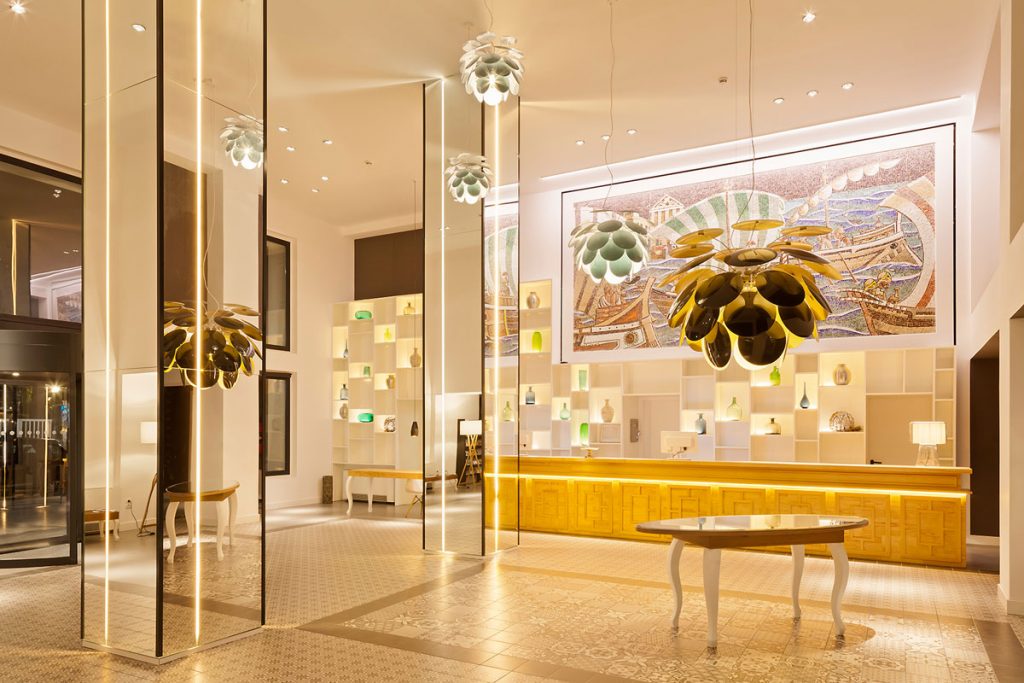
You are especially interested in the influence of light on moods and emotions. Do your designs aim to make your clients’ lives more pleasant?
Yes of course. Although in truth all lighting designers say the same. But in my case, I have searched and found areas that have not been widely investigated. My projects are based on the logic of life and nature: during the day we need sun; at night, very little light, or, rather, well projected and pleasant light. I have been researching this path for about twelve years, and I have already come a long way, but I still have a long and passionate search, and it keeps everybody in our studio rather busy. We call this project Low Light Atmosphere and already there are installations in some homes. It consists of creating new scenes, apart from the basic ones, such as welcome, dinner or after dinner; and we add some with funny names, like whiskey time, round midnight, relax or spa. These scenes are the ones that really transform both the space and the user.
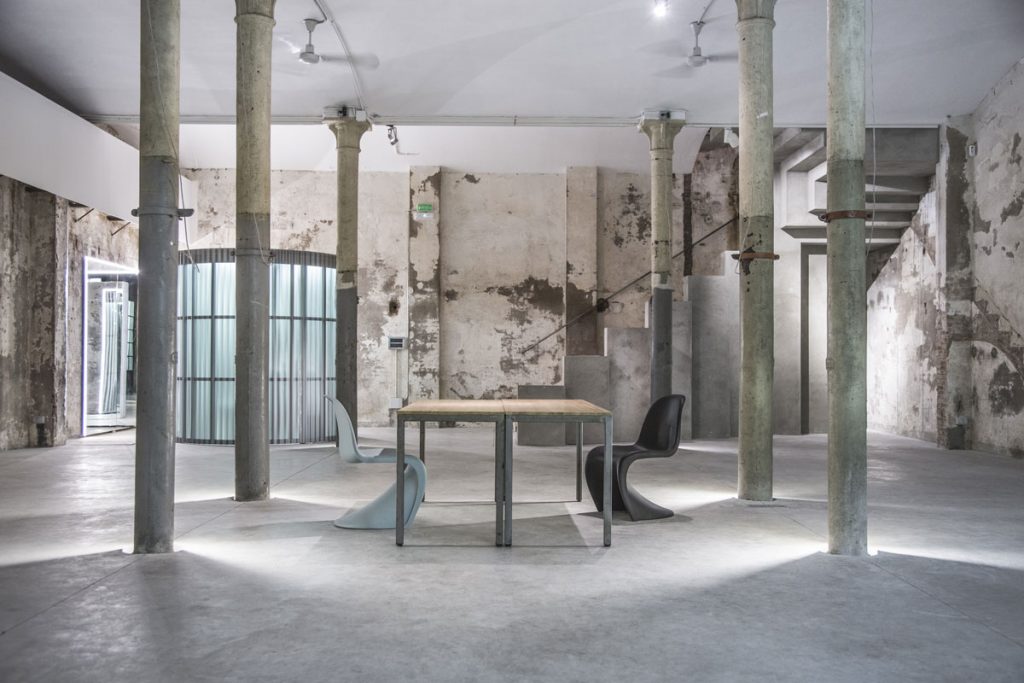
Why do you try to set atmospheres with such extremely low lighting levels in your projects?
Little light is enough for the human eye. In fact, nature itself tells us. In the morning, the sun rises, but at night, the maximum we can aspire to are the four lux of the full moon. Therefore, it is very interesting that we stay as close as possible to four lux. Obviously, it would be very different if we had to work or perform certain tasks in that space. The Low Light Atmosphere project was born with the intention of achieving rest, which is what the human body really seeks when it gets home. Below the four lux that I mentioned, the environment is transformed and helps us relax. It is not something easy to obtain, but as always, the position of the fittings fully integrated into the architecture is important, with the help of miniatures or the misused optical fibre. With imagination, with our installers and customers’ patience, we manage to get these marvellous spaces below four lux. And really, it is as if we enter another dimension.
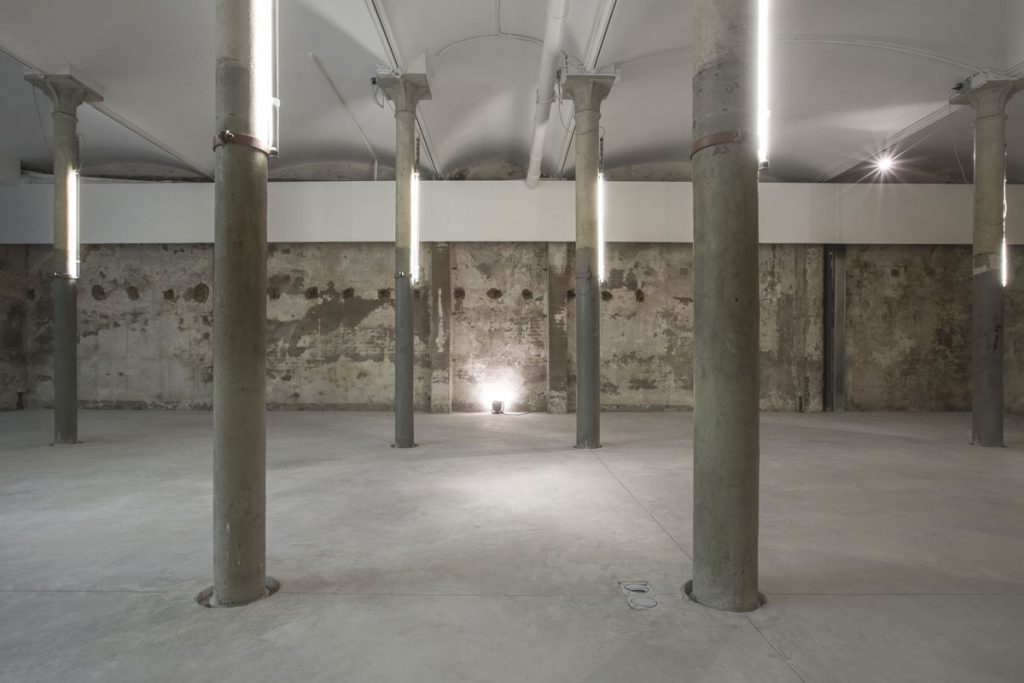
Are you interested in led strips to enhance residential spaces?
Led strips solve difficult problems for us, or rather, they provide us with great solutions. Before we had fluorescent, neon or xenon lamps, now we have a wider range to choose from, thanks to linear LED lamps. We can choose profile, power, colour temperature, length, type of regulation, etc. All this allows us to integrate light into architecture and highlight the necessary elements.
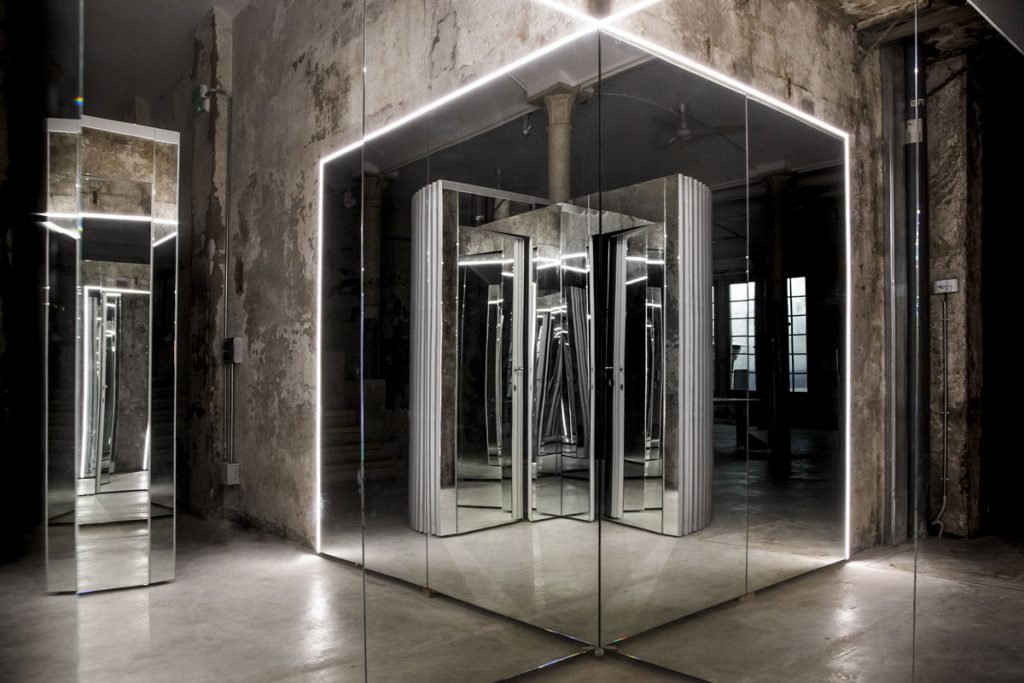
What are your favourite uses?
One of the applications that we most like to design for our clients is hanging light. Whether we use an integrated light mirror, a whole wall with four-sided light or even the façade of a building. It can be summed up in that we must naturally integrate light into each of the spaces, enhancing each one and, at the same time, respecting and shaping their functions. Not only knowing the visible dimensions of the space in which the operates, but also knowing what is hidden behind the walls, allows us to search and find solutions that help us to integrate more naturally the lighting elements that we will use to illuminate the spaces. Ultimately, lighting design is an art and can only be created by totally immersing yourself in it. We must realise that light is not only a decorative element, but its effects on a space and its inhabitants is very wide indeed. Understanding the mechanics, technology, the principles of light itself and their effect on different materials, and above all, asking yourself questions. That is the philosophy behind our lighting design projects.
